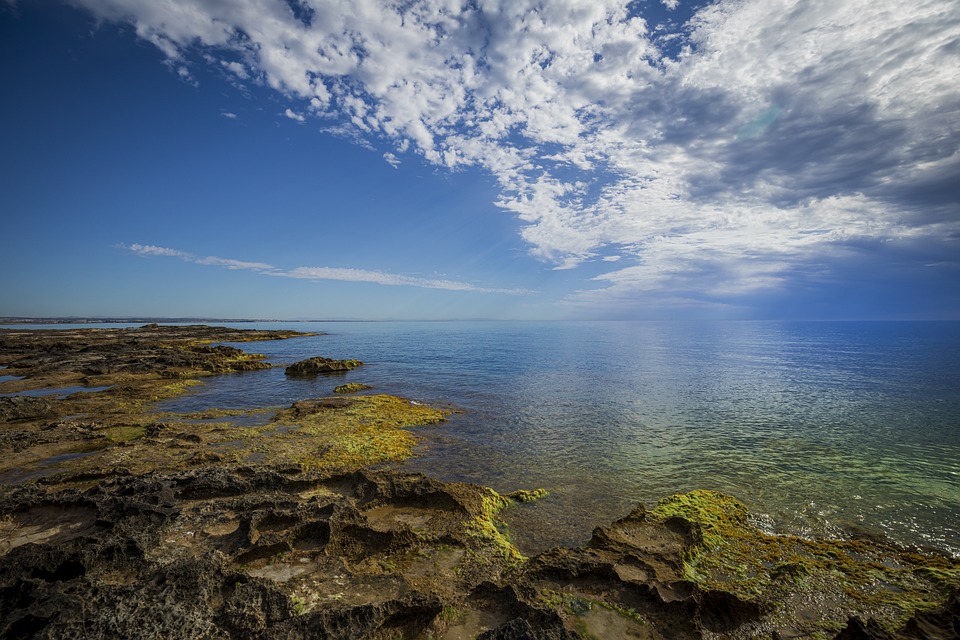From Ancient Ruins to Vibrant Festivities: The Rich History of Benicàssim
Introduction
Benicàssim, a small coastal town located in the province of Castellón, Spain, is not just known for its stunning beaches and lively music festivals. It is also steeped in a rich history that dates back centuries. From ancient ruins to vibrant festivities, Benicàssim has something to offer to history buffs and party enthusiasts alike.
The Roman Influence
One of the most significant periods in Benicàssim’s history is the Roman era. Ruins found in the area indicate the presence of a Roman villa, indicating a settlement in the region. The ancient Roman influence can still be seen today through the remnants of a beautiful Roman villa at the Platja Voramar beach, providing a glimpse into the lives of the ancient inhabitants.
The Medieval Fortress
During the medieval period, Benicàssim was fortified with a fortress to protect the town from invasions. The Castillo de Montornés, perched on a hill overlooking the town, served as a defensive structure against pirate attacks. Today, visitors can explore the ruins of the castle and enjoy panoramic views of the surrounding countryside.
The Healing Powers of the Hot Springs
Benicàssim is also famous for its natural hot springs, known for their healing properties. These thermal waters have been attracting visitors for centuries, seeking relaxation and rejuvenation. The Balneario de Benicàssim, a historic spa complex, offers a range of treatments and therapies utilizing the hot springs, allowing visitors to indulge in ancient healing practices.
A Famed Music Festival
Aside from its historical attractions, Benicàssim is renowned for its annual music festival. The Benicàssim International Festival, commonly known as FIB, has been drawing music enthusiasts from around the world since its inception in 1995. Featuring an eclectic lineup of international artists, FIB has become one of the most popular summer festivals in Europe, combining music, art, and a vibrant atmosphere.
A Coastal Playground
Benicàssim’s history is not limited to ancient ruins and festivals. Its picturesque coastline, with golden sandy beaches and crystal-clear waters, has been a magnet for sun-seekers since time immemorial. The Playa Heliópolis, Playa Torreón, and Playa Almadraba are among the popular beaches that offer opportunities for sunbathing, swimming, and various water sports.
Protected Natural Spaces
In addition to its historical and recreational offerings, Benicàssim is home to several natural reserves, including the Desert de les Palmes Natural Park and the Sierra de Irta Natural Park. These protected areas provide opportunities for hiking, bird-watching, and exploring the region’s unique flora and fauna.
FAQs
What is the best time to visit Benicàssim?
The best time to visit Benicàssim is during the summer months (June to September) when the weather is warm and the music festivals are in full swing.
Are there accommodation options in Benicàssim?
Yes, Benicàssim offers a wide range of accommodation options to suit every budget, including hotels, hostels, campsites, and vacation rentals.
Can I visit the ancient ruins?
Yes, the ancient ruins, such as the Roman villa and the Castillo de Montornés, are open to the public for exploration and appreciation of the area’s rich history.
Is it possible to experience the hot springs?
Absolutely! The Balneario de Benicàssim provides a unique opportunity to experience the healing powers of the natural hot springs through various treatments and therapies.
How do I get to Benicàssim?
Benicàssim is well-connected by public transportation, with regular train and bus services from major cities in Spain. The nearest airport is Valencia Airport, which is approximately an hour’s drive away.

